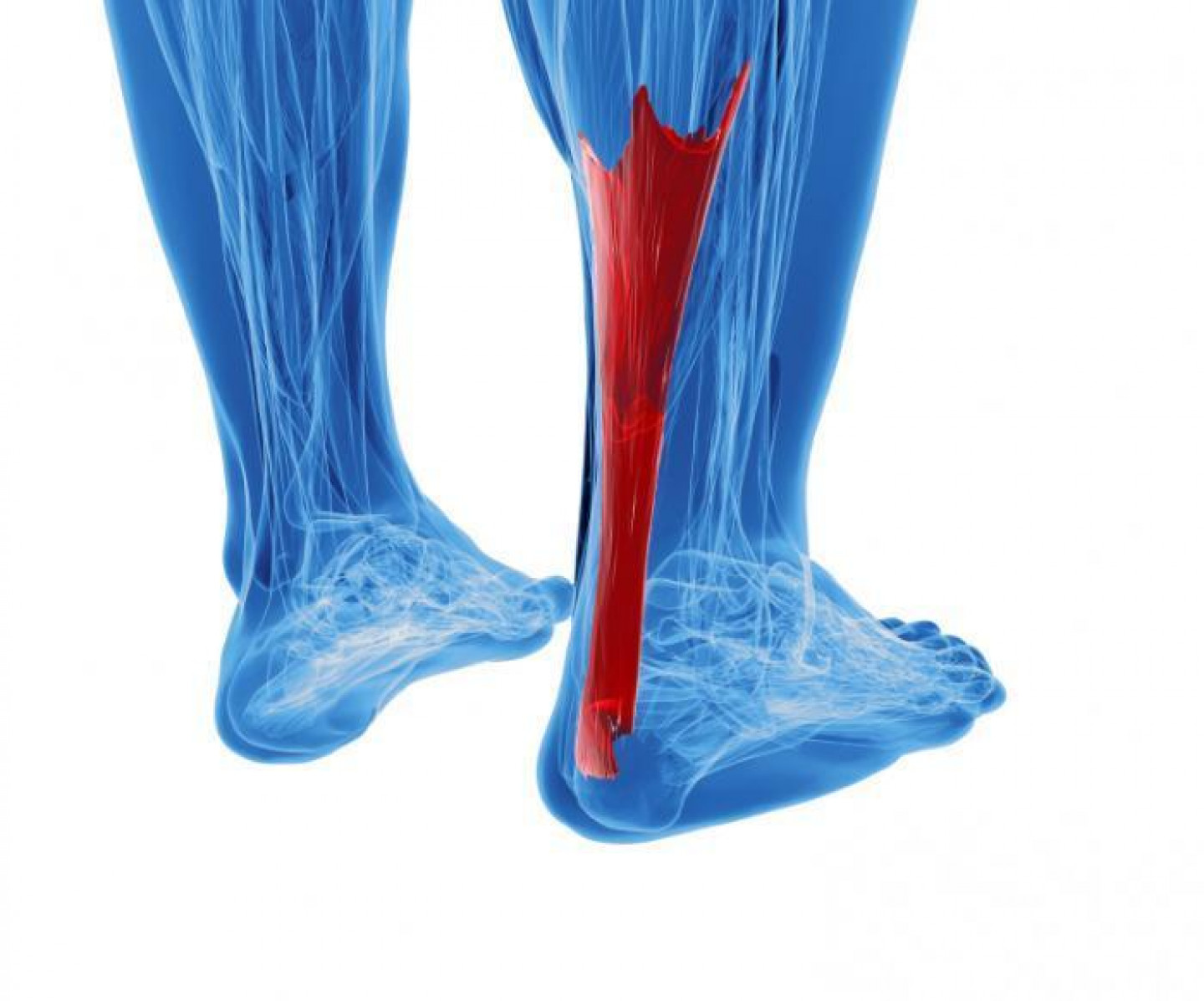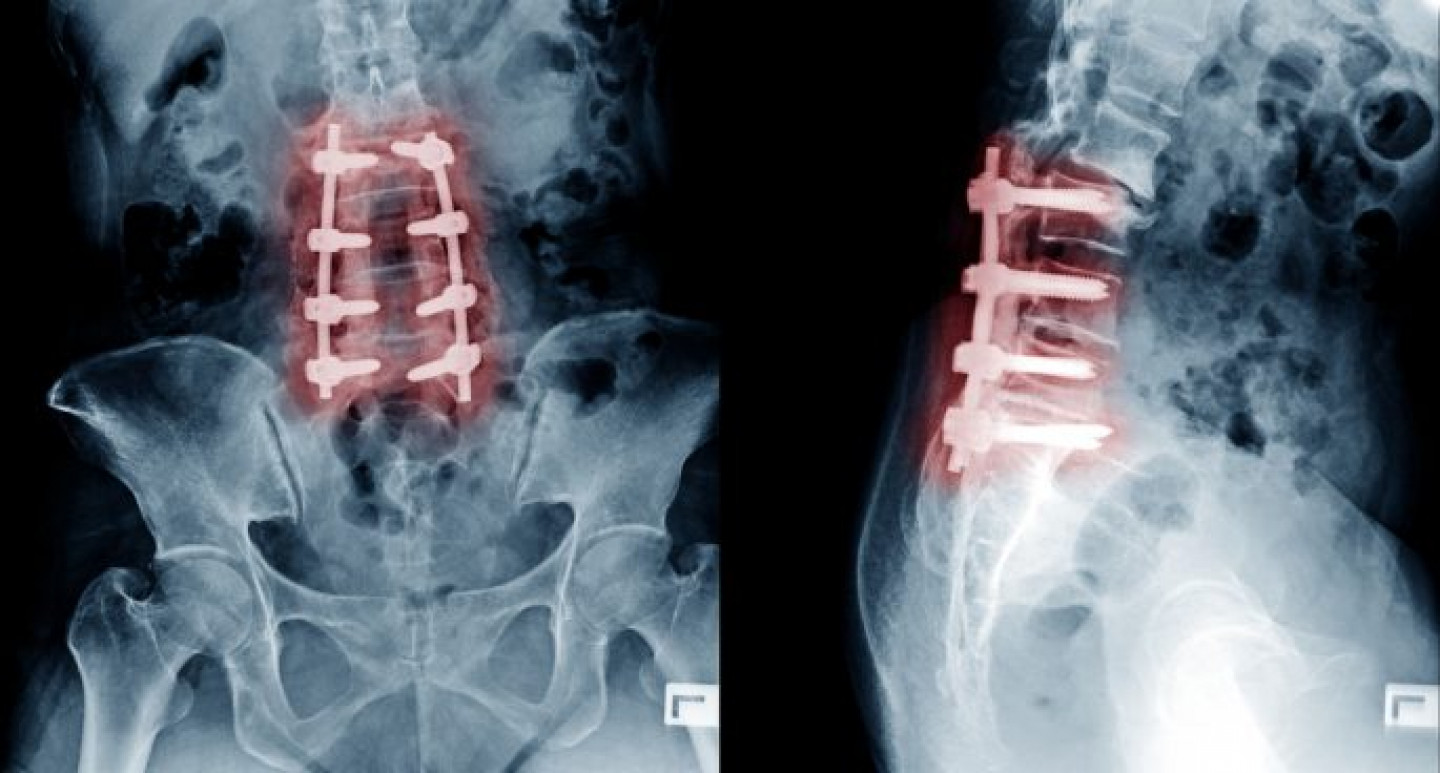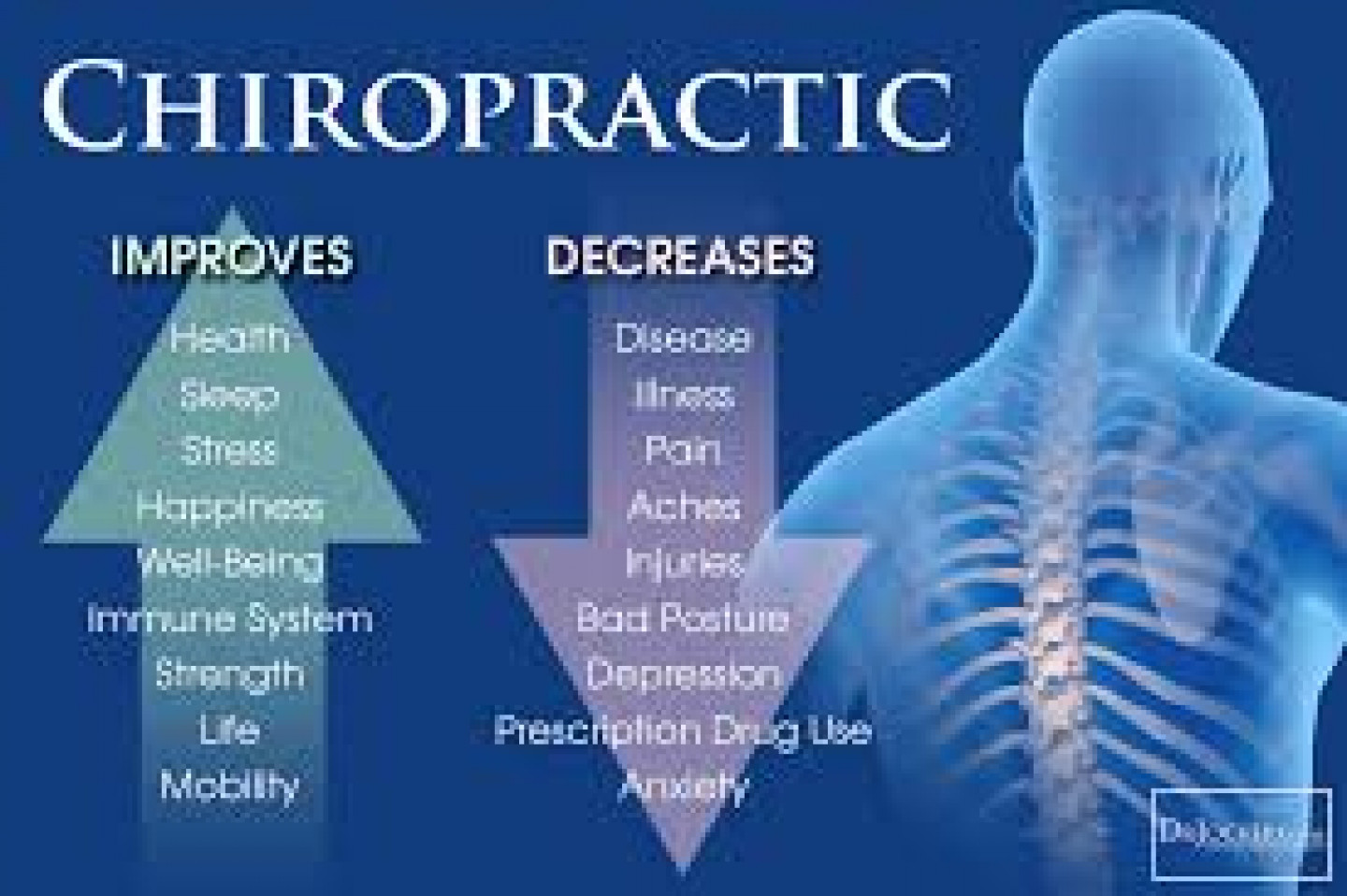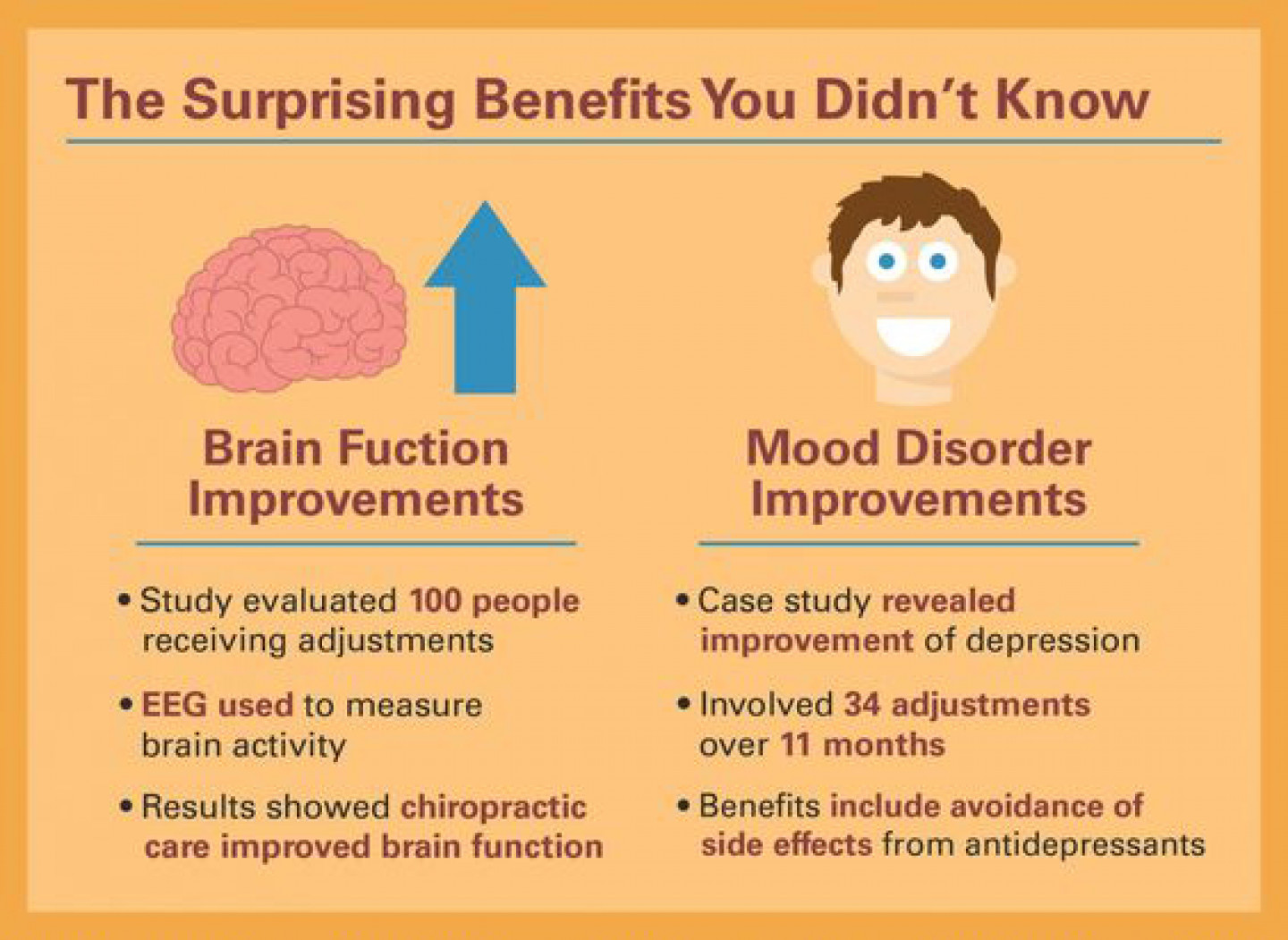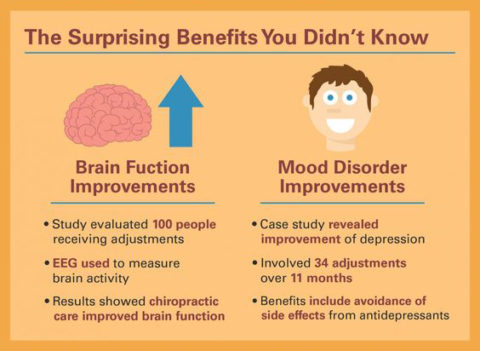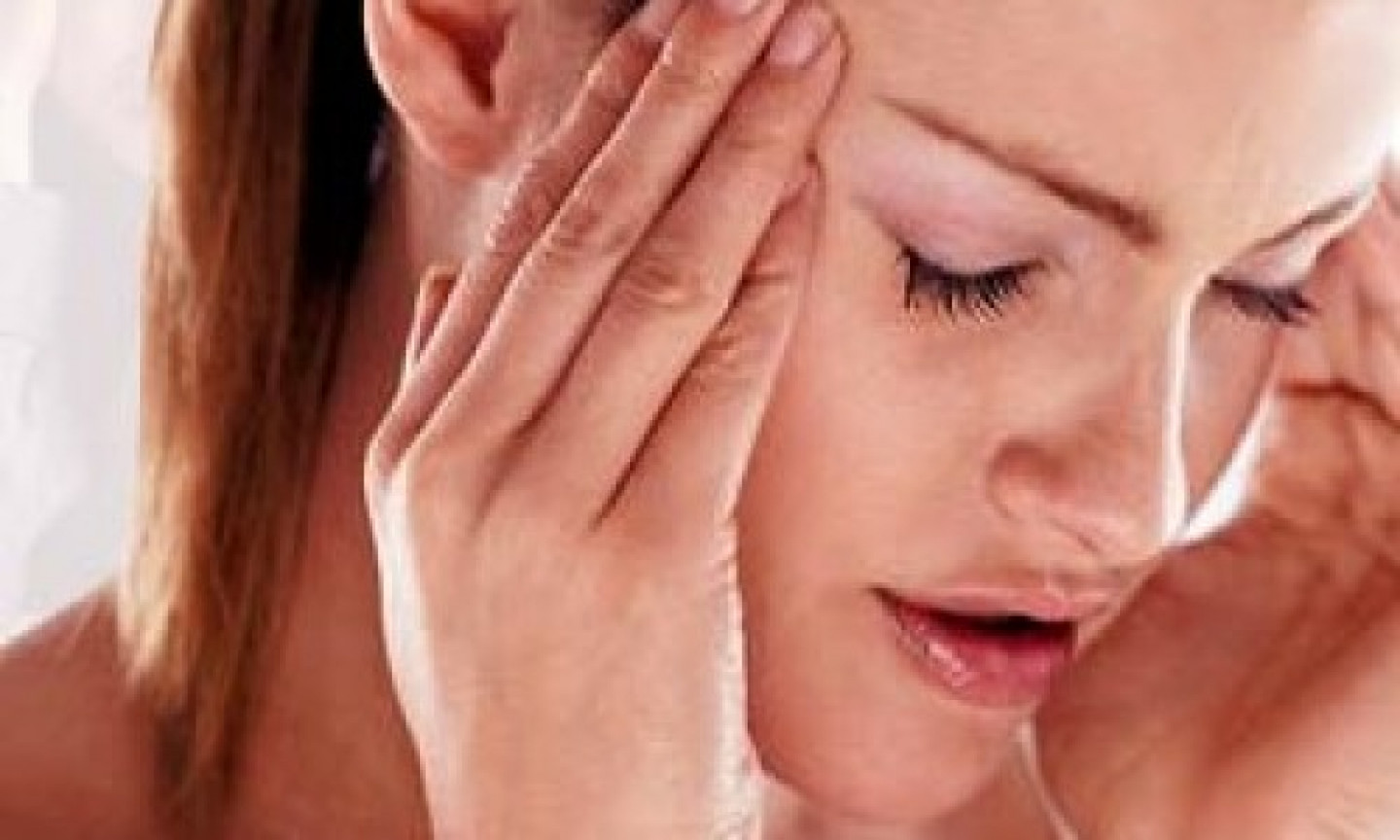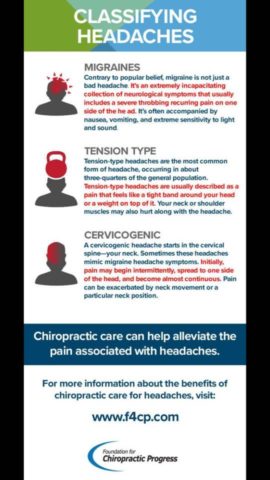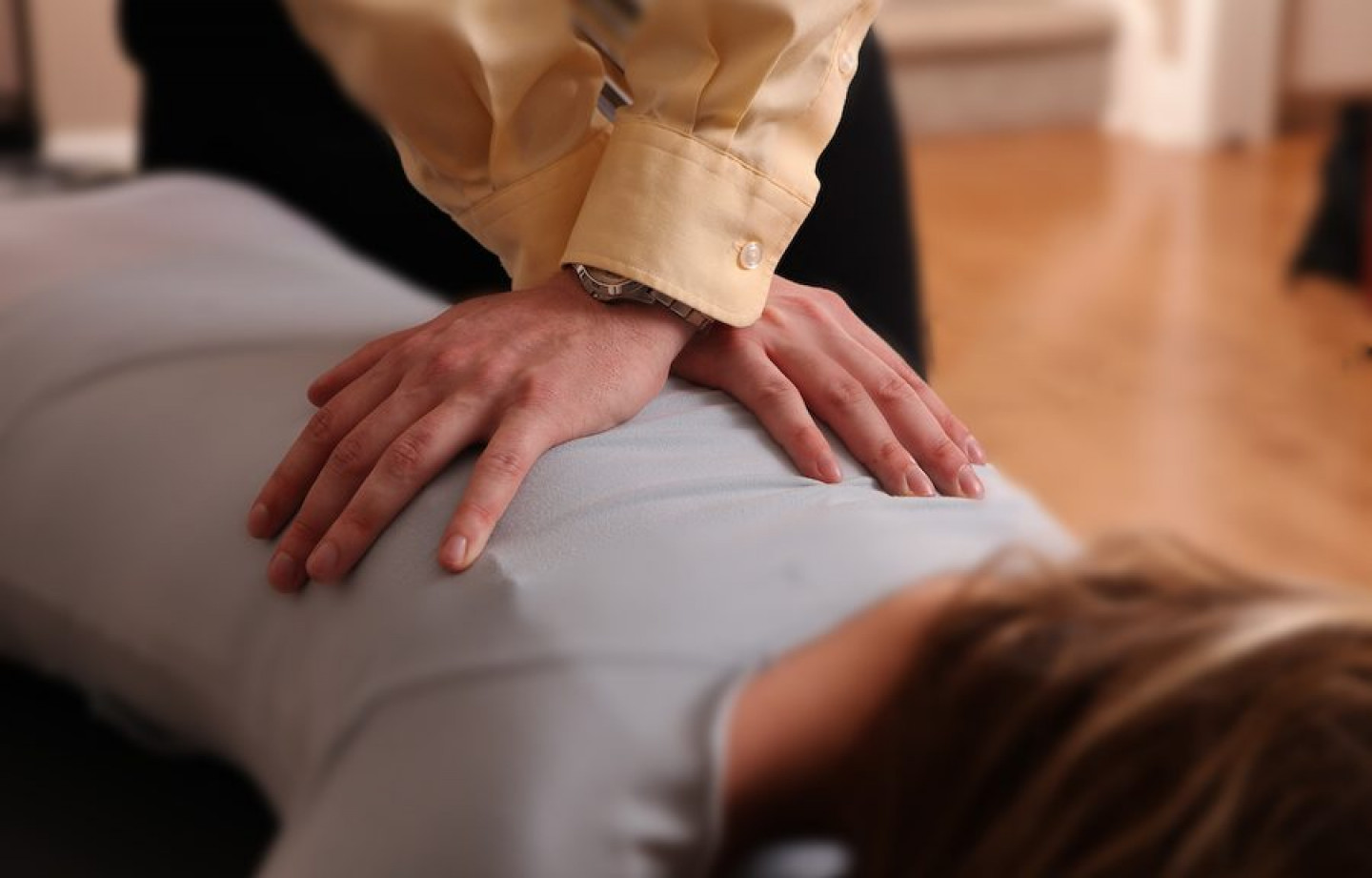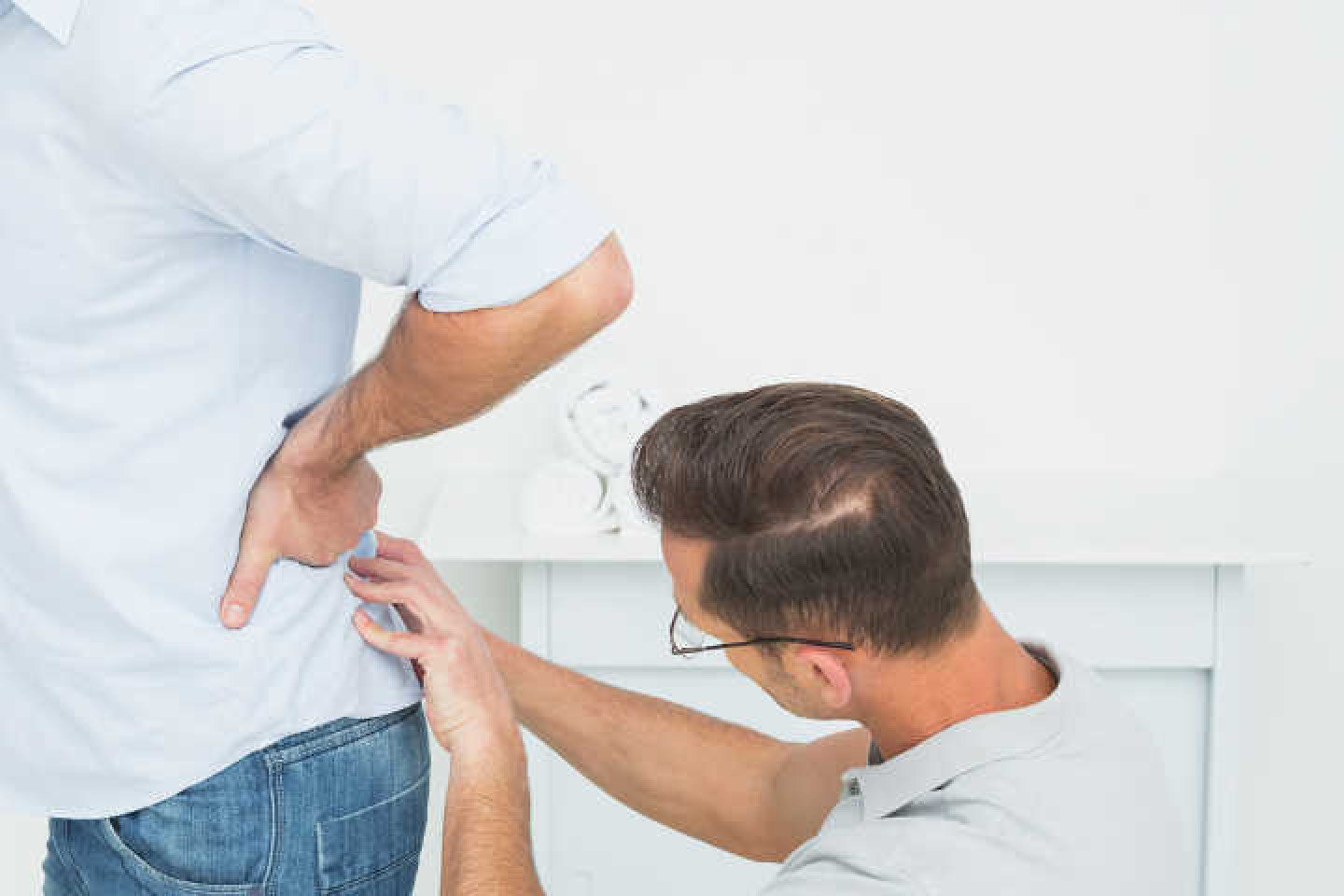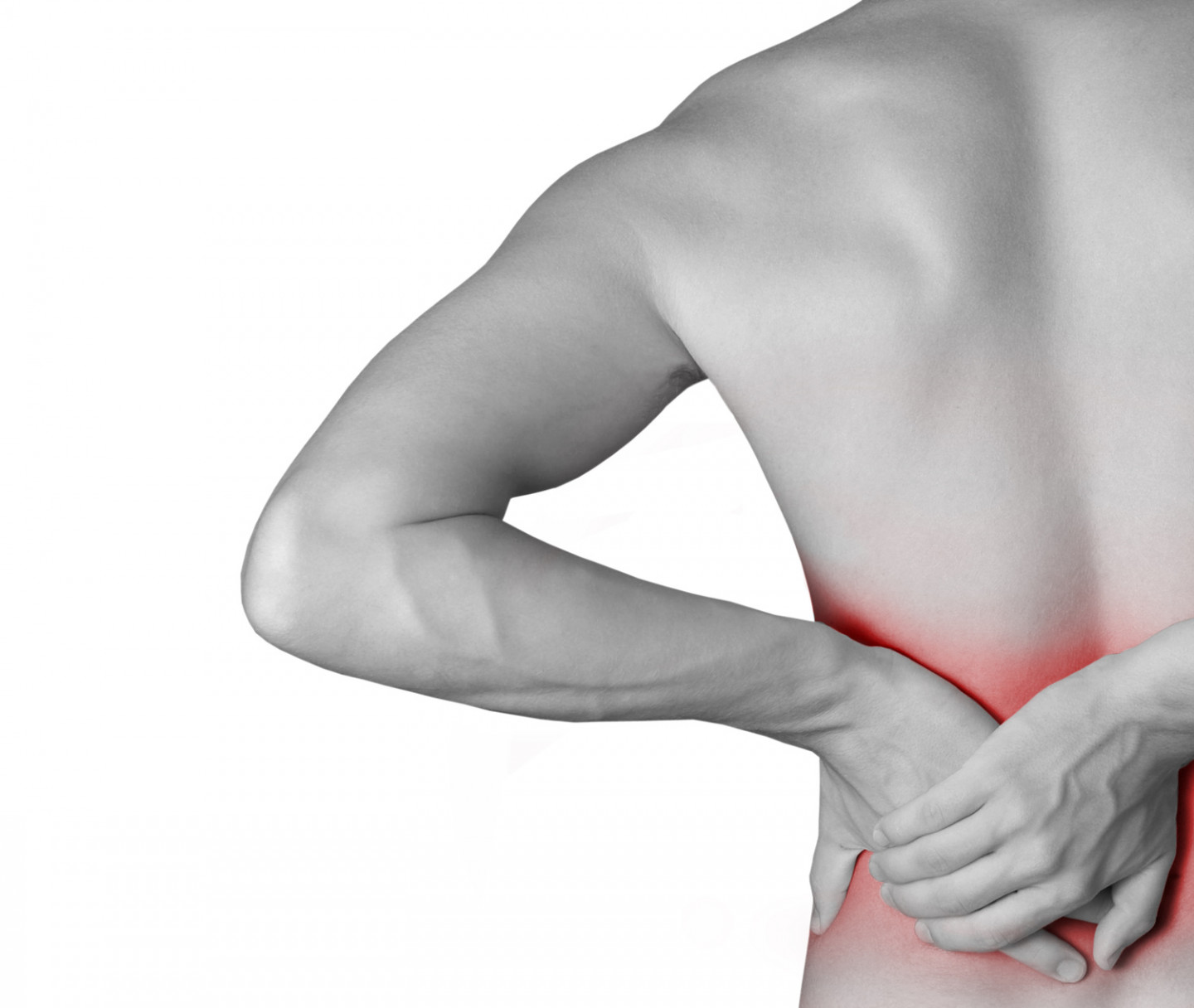How to Fix My Achilles Tendinitis
One of the most common sports injuries for runners or jumpers is an Achilles tendinosis or, to be more precise, tendinopathy, while it is the largest tendon. Nonetheless, it is poorly understood and one of the most challenging sports injuries to treat appropriately. Usually, it is due to a sudden load increase in intensity or length of time without proper training. It may take up to a whole year before recovering, and even more if a new injury occurs during healing.
From my experience as a physiotherapist and then a chiropractor, I can tell that I have felt very uncomfortable treating these kinds of injuries. Some professionals recommended stretching on the stairs for 3 minutes, others wearing walking boots to relieve the load on the tendon, and other modalities such as wearing orthotics, icing, massage or ultrasounds.
However, a breakthrough in the protocols to treat Achilles tendonitis has brought some solutions in exercising therapy.
Before entering into the details, we need to consider the two types of tendinopathy: midportion and insertional. For the latter, the discomfort or pain is triggered at the tendon's insertion onto the calcaneus or heel bone. If the symptoms are similar, the treatment is quite different, and we will focus on the most common, the midportion tendinosis.

FIGURE 1. Localization of Achilles tendinopathy: (A) midportion and (B) insertional.
Treatment for Achilles Tendinopathy
The management is moderated according to the symptoms, age and sex, disability and sports needs.
Eccentric exercise has been the reference in all the studies and should be done for 3 months before considering more invasive options. 3 sets of 15 repetitions are recommended with the knee straight or mildly bent.
The Eccentric Exercise
Heel drop: knee straight (FIGURE 2)
Stand on the edge of a step on the involved side. Start with standing on the toes, then lower the heel as far down as possible. Rise back on the toes with the assistance of the other foot: 3 sets of 15 repetitions, 2 times per day, 7 days a week for 12 weeks. The exercise can be painful to a certain extent. When you feel no pain anymore, you can hold some weight.
Repeat the exercise by bending the knee moderately.

FIGURE 2. The heel drop: knee straight and heel drop: knee bent exercises.
Regarding the insertional tendinopathy, the deep fibres of the tendon are squeezed against the tubercle of the calcaneus, or sometimes the bursa. This is a compressive traumatism due to repetitive dorsiflexion, so exercising should be avoided.
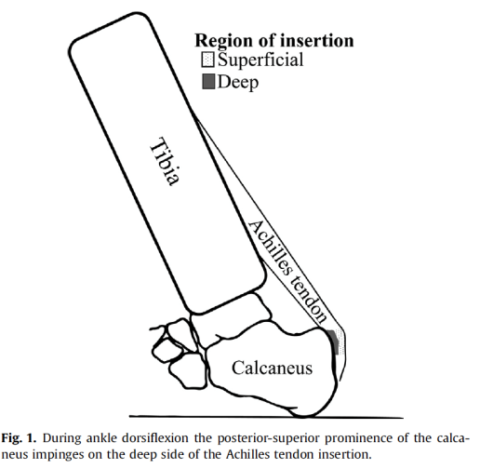
In this view, a heel lift is recommended first during daily life activities. The calf should avoid the heel lower than the floor level. It is so better to avoid exercising on the stairs. The range of movement will increase with a reduction of the symptoms. Walking and running on flat ground will be reintroduced progressively. Running in the hills is the last stage when the pain is minimal.
Foot Manipulations
A combination of eccentric exercise and manipulations of the joints of the foot, such as subtalar articulation or midfoot mobilisation, have shown better outcomes during the studies. At Orewa Chiropractic, we have a large experience in treating sport injuries.
